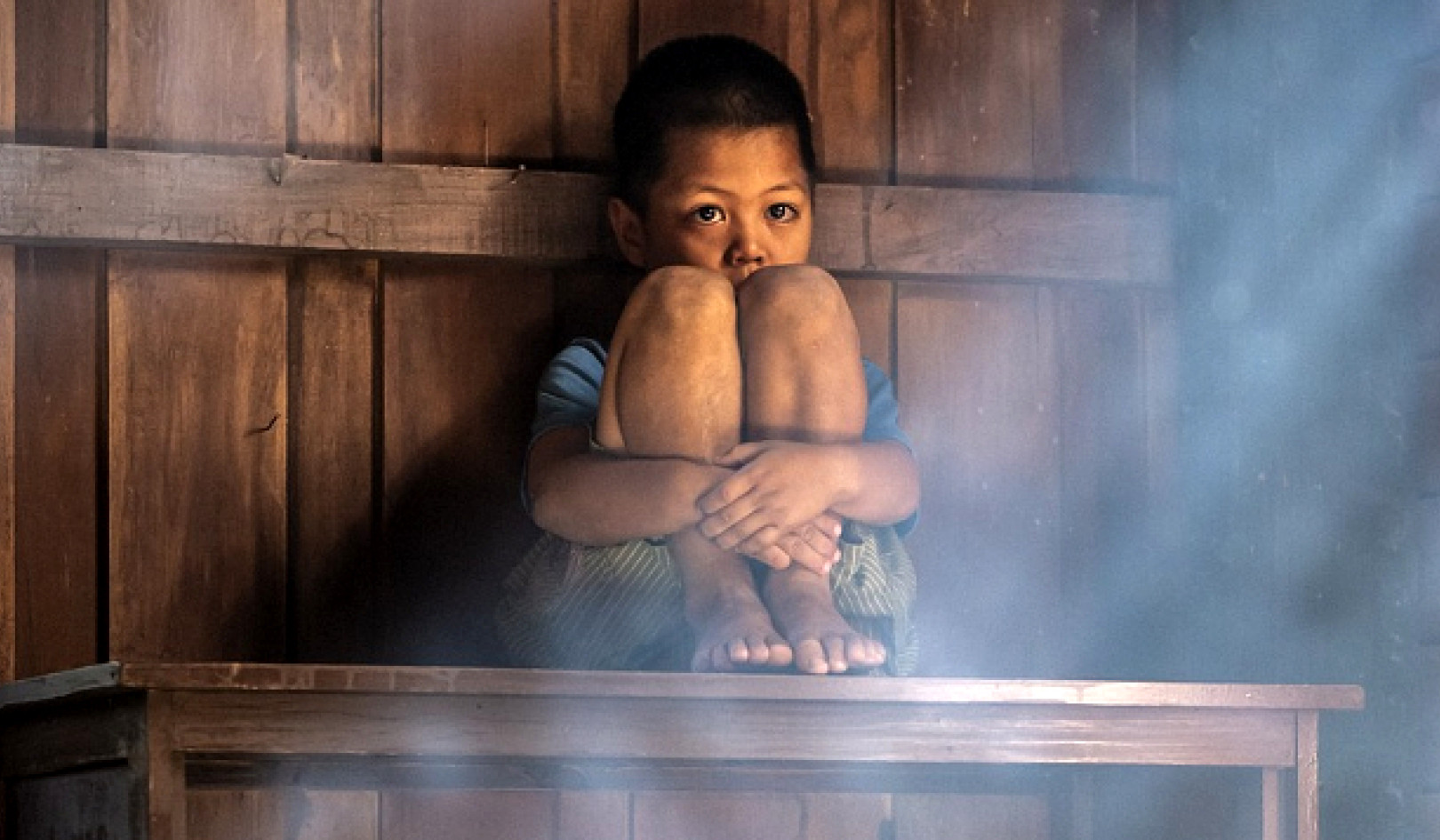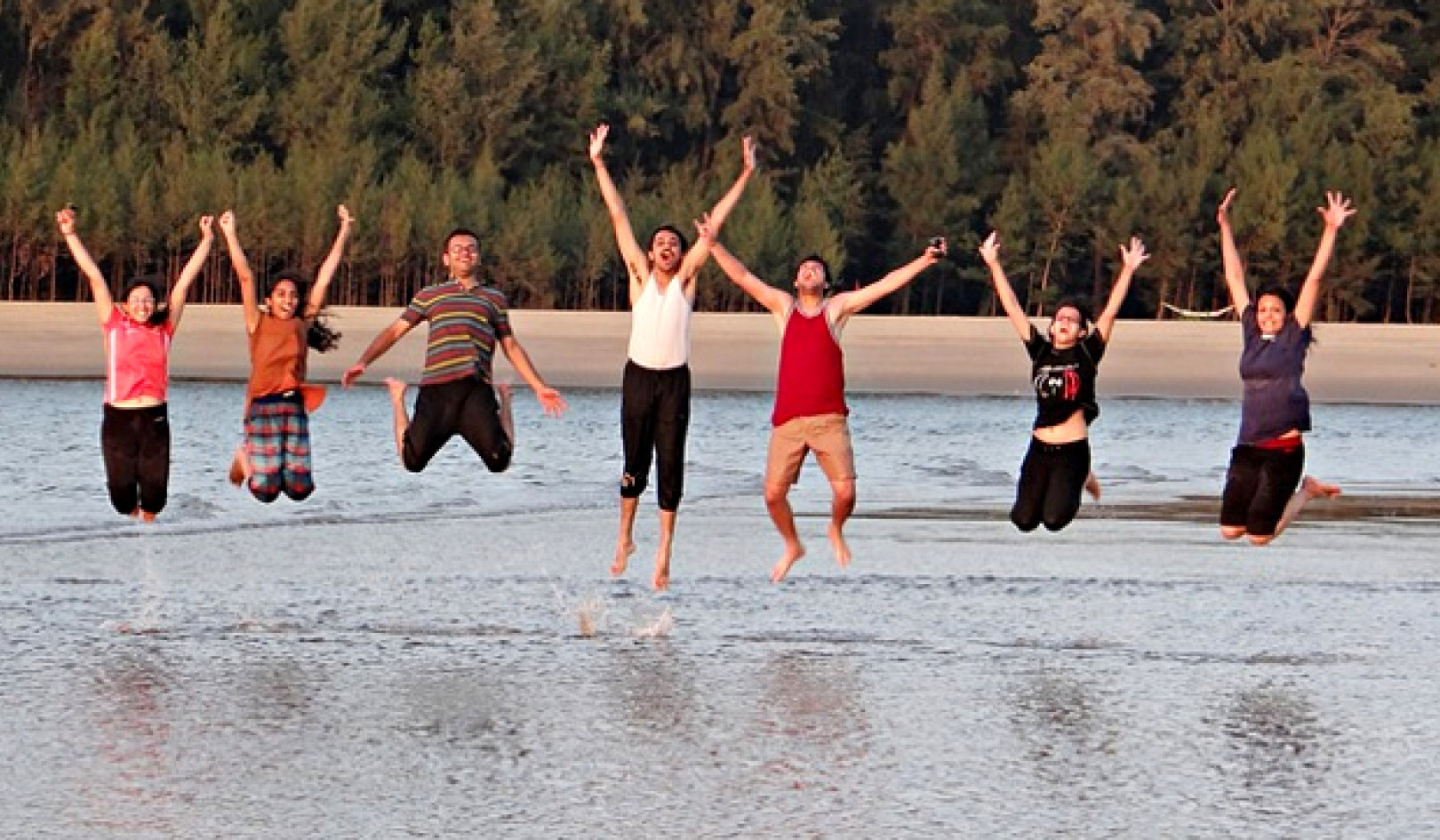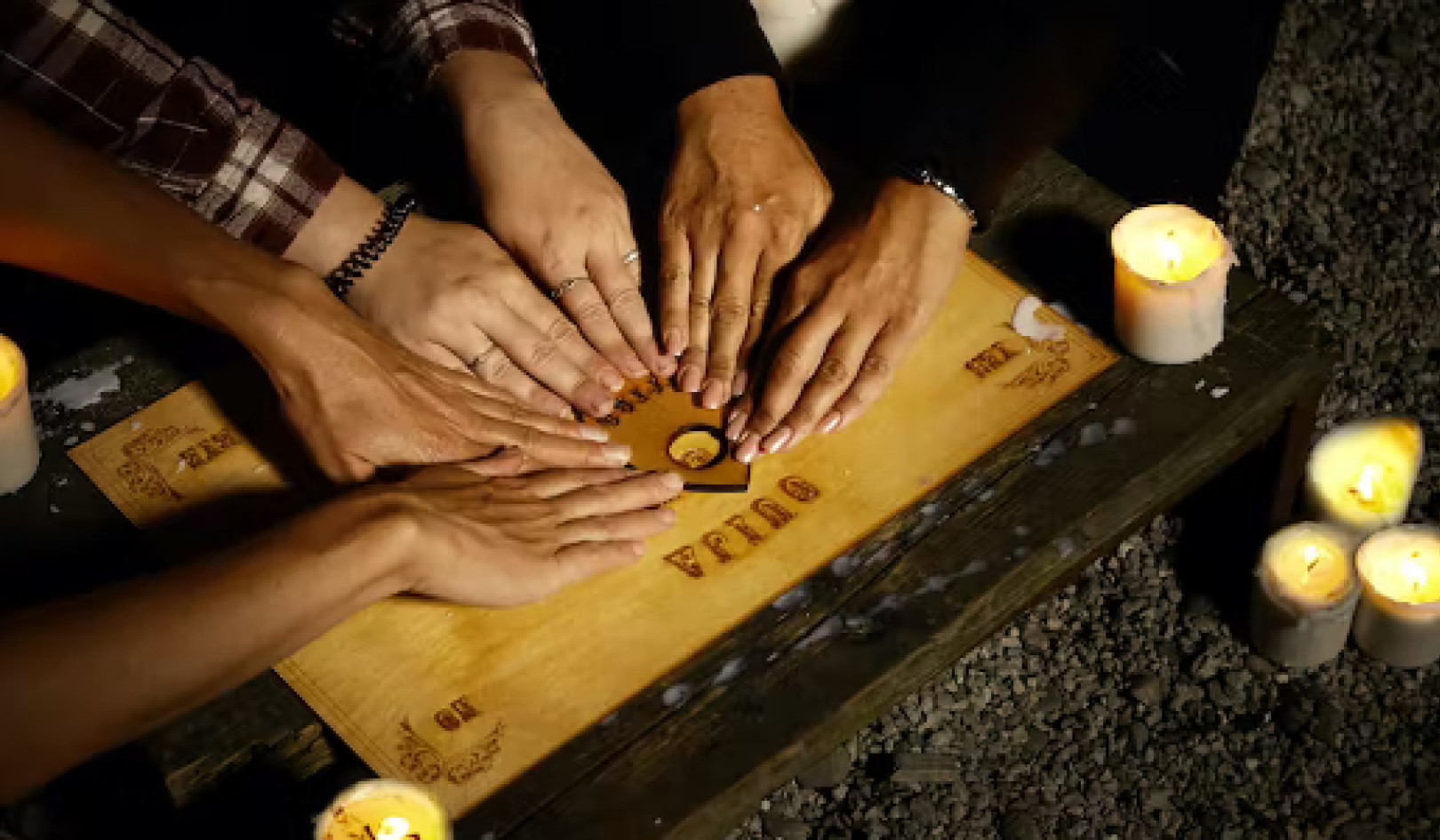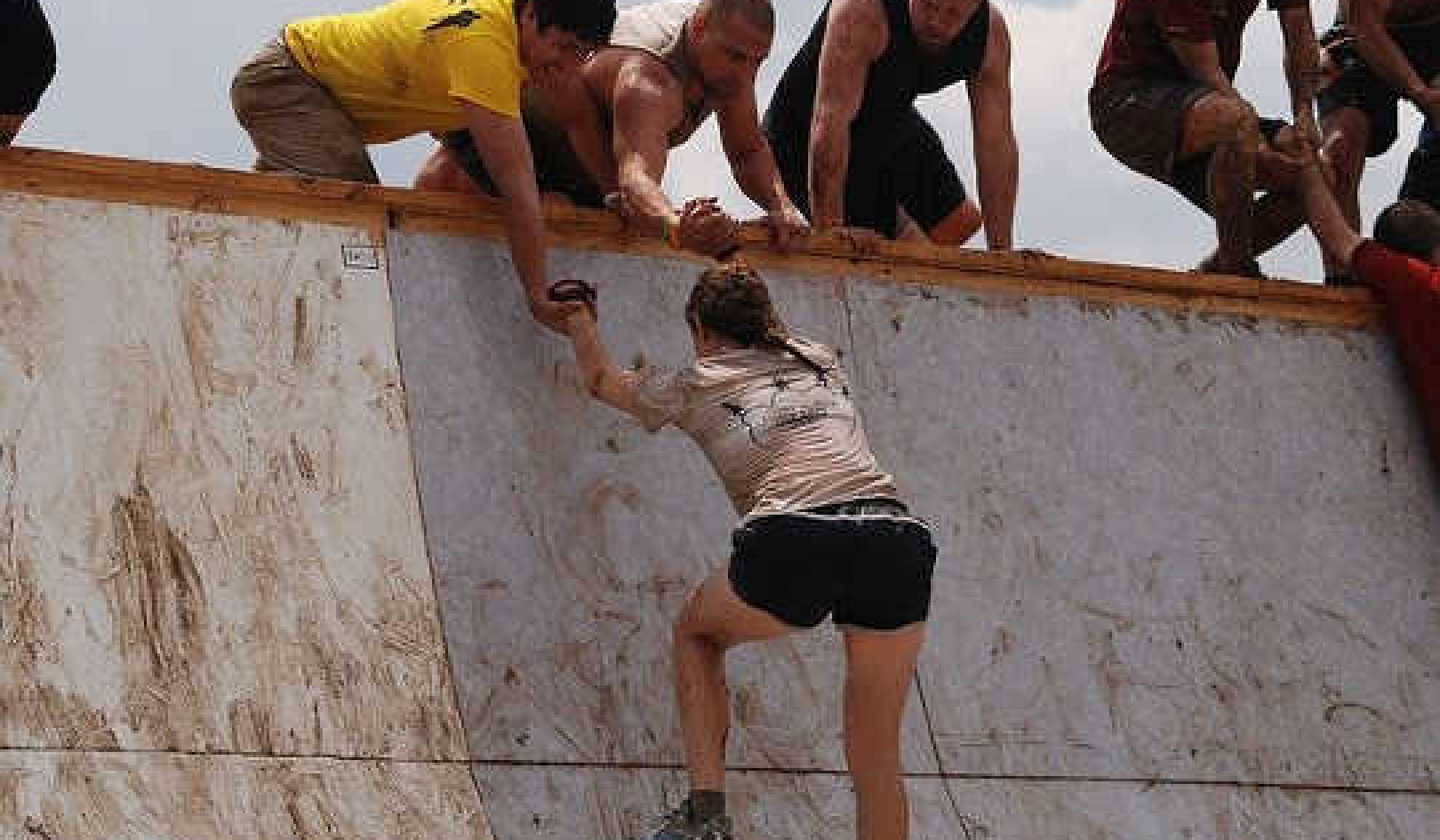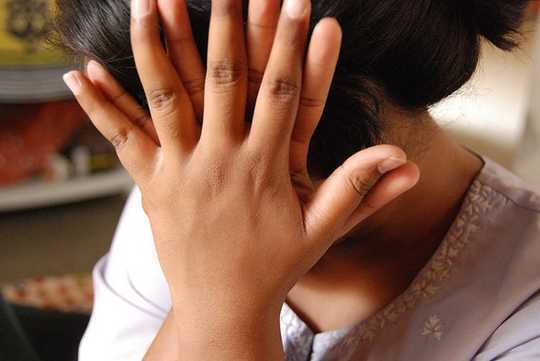 People with social anxiety disorder believe they will be rejected when others see how anxious and awkward they are. rashmi ravindran/Flickr, CC BY-NC-ND
People with social anxiety disorder believe they will be rejected when others see how anxious and awkward they are. rashmi ravindran/Flickr, CC BY-NC-ND
Most of us would admit to feeling shy from time to time, or anxious about public speaking: the larger the crowd the greater the terror. It’s also not unusual to feel awkward while making small talk with unfamiliar (or uninteresting) people. But a significant number of people find these situations utterly mortifying.
Social anxiety disorder (or SAD) is diagnosed when the fear of criticism or rejection by others becomes chronic and debilitating. People with SAD see themselves as incompetent and inferior, and others as judgemental and hostile. They believe they will be rejected when others see how anxious and awkward they are, or hear the stupid or boring things they say.
While criticism is an occasional and unpleasant part of life for most of us, people with SAD believe they will be criticised and rejected virtually every time they are around other people. They also believe that there is a high personal cost to being criticised – if others criticise me then I am a failure.
SAD dictates what courses can be studied (those that don’t require speaking in front of the class), what jobs can be applied for (able to be done alone and preferably from home), what hobbies can be engaged in (solitary ones), and who fits the bill as a potential life partner (those not requiring a chaperone to parties and work functions).
Without a strong sense of self (who I am) and self-acceptance (I am worthwhile, even with all my foibles) it is exceedingly difficult to express our preferences and get our needs met by others. Unsatisfying relationships with domineering friends and partners are therefore common for people with SAD. Low self-esteem, social isolation and depression can follow.
In some ways, the digital age makes life easier for people with SAD. A full day’s work can be done online without seeing another person. Social media create the illusion of friendship with just a few simple clicks. But the very human need for genuine connection remains unmet.
What are the symptoms?
Sweating, blushing, heart palpitations, trembling and an urge to escape are common physical symptoms of social anxiety. People with SAD become highly self-conscious and imagine that others can clearly see these signs of anxiety. They expect to be judged as weak and incompetent as a consequence.
Avoidance is the most popular strategy for managing social anxiety. That prevents any possibility of being criticised but also robs sufferers from discovering that criticism is far less likely (and less traumatic) than expected.
When social situations can’t be avoided more subtle ways of trying to prevent criticism are relied upon, such as using alcohol as a social lubricant, mentally rehearsing conversations, or staying quiet. But these strategies can backfire and actually cause the criticism they were trying to prevent.
How common is SAD?
The most recent Australian National Survey of Mental Health and Wellbeing found that 8.4% of adults will meet criteria for SAD in their lifetime. That’s one in 12, or around 1.3 million Australians.
Yet suffers believe they are alone. Shame prevents people from discussing their fears, which reinforces the sense of isolation.
 Many people with SAD describe feeling humiliated while giving presentations at school. Simone van den Berg/Shutterstock
Many people with SAD describe feeling humiliated while giving presentations at school. Simone van den Berg/Shutterstock
SAD usually develops during adolescence and early adulthood, with many sufferers reporting lifelong shyness. Half report significant and debilitating social anxiety before the age of 13.
More women experience SAD than men, but interestingly, a relatively equal proportion of men and women seek treatment for the problem. Cultural expectations that men be dominant and assertive might drive a greater proportion of male sufferers to treatment.
What causes SAD?
SAD is most likely to be caused by a combination of nature and nurture. Studies have shown that two identical twins are more likely to have anxiety problems than two non-identical twins, which tells us that our genes probably play a role.
Our individual temperaments also seem to be important. Children who are extremely shy are more likely to develop SAD later in life, although most children will grow out of their shyness.
Many people with SAD describe experiencing “social traumas” early in life, including bullying, abuse, or feeling humiliated while giving presentations at school.
Overly critical or perfectionist parents may also set unrelenting social standards that their child feels unable to meet. Social anxiety ensues as the child assumes they will therefore fail to meet everyone’s expectations.
What can you do about SAD?
SAD can be persistent without effective treatment, so it’s important to seek help early.
Cognitive behaviour therapy (CBT) is the psychological treatment with the most evidence to support its effectiveness. CBT involves identifying and challenging negative thoughts and self-images by gradually confronting the feared social situations. As the perceived social threat starts to diminish during treatment, so too do the distressing physical symptoms of anxiety.
CBT has been effectively delivered individually and within groups. Internet-based therapy is also proving to be effective for some people, suggesting that the internet can be therapeutic and not just a form of avoidance. Medication can also be helpful.
A fortune cookie I once received proffered the following advice: “You would care far less about what others thought of you, if you knew how seldom they did.” This is the essence of what people with SAD need to discover. Others are often far too preoccupied with themselves to spend much time judging others.
Managing social anxiety opens up a world of choices to engage with life and pursue what is truly important and valuable without an excessive fear of rejection. The goal isn’t to become the most outgoing, gregarious or confident person at the party. The goal is to attend the party if you choose, without having to hide in the corner.
 About The Author
About The Author
Peter McEvoy, Professor of Clinical Psychology, Curtin University
This article is republished from The Conversation under a Creative Commons license. Read the original article.

Related Books:
Atomic Habits: An Easy & Proven Way to Build Good Habits & Break Bad Ones
by James Clear
Atomic Habits provides practical advice for developing good habits and breaking bad ones, based on scientific research on behavior change.
Click for more info or to order
The Four Tendencies: The Indispensable Personality Profiles That Reveal How to Make Your Life Better (and Other People's Lives Better, Too)
by Gretchen Rubin
The Four Tendencies identifies four personality types and explains how understanding your own tendencies can help you improve your relationships, work habits, and overall happiness.
Click for more info or to order
Think Again: The Power of Knowing What You Don't Know
by Adam Grant
Think Again explores how people can change their minds and attitudes, and offers strategies for improving critical thinking and decision making.
Click for more info or to order
The Body Keeps the Score: Brain, Mind, and Body in the Healing of Trauma
by Bessel van der Kolk
The Body Keeps the Score discusses the connection between trauma and physical health, and offers insights into how trauma can be treated and healed.
Click for more info or to order
The Psychology of Money: Timeless lessons on wealth, greed, and happiness
by Morgan Housel
The Psychology of Money examines the ways in which our attitudes and behaviors around money can shape our financial success and overall well-being.

















